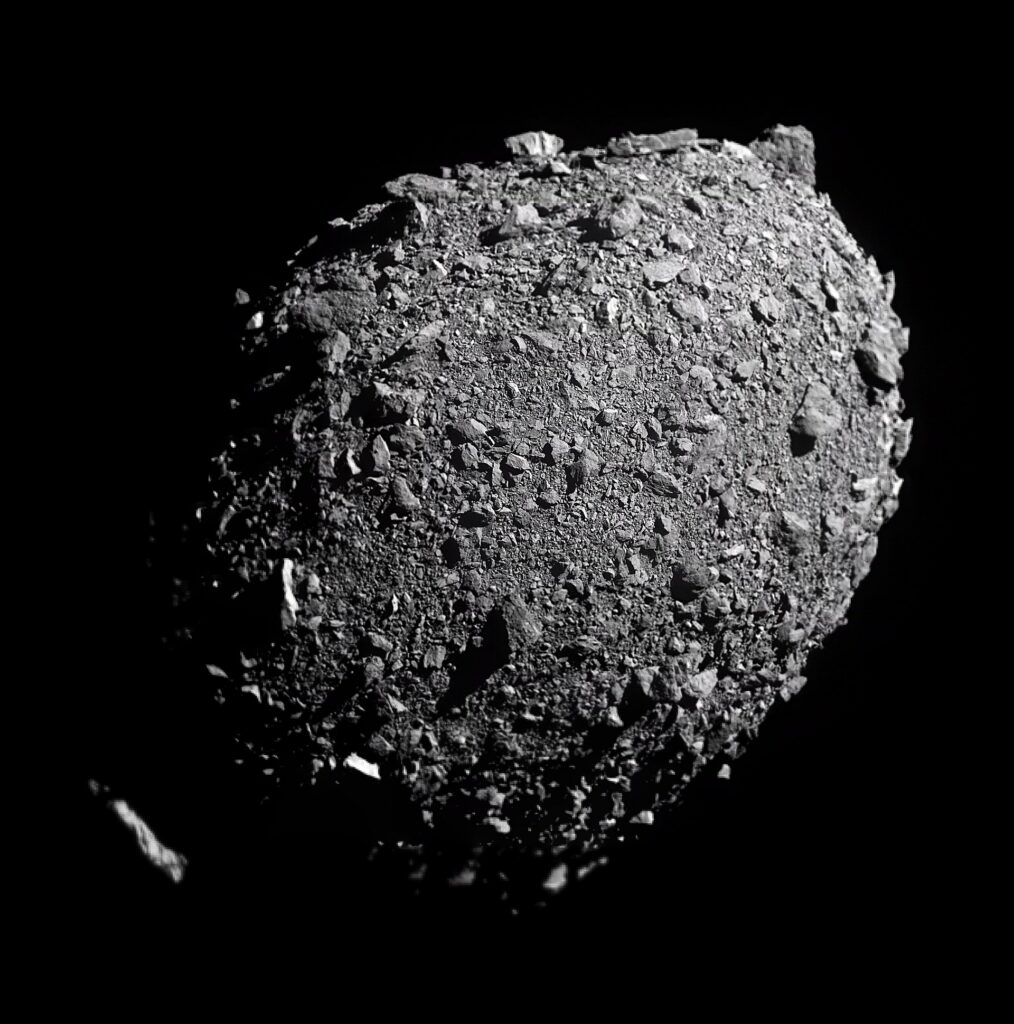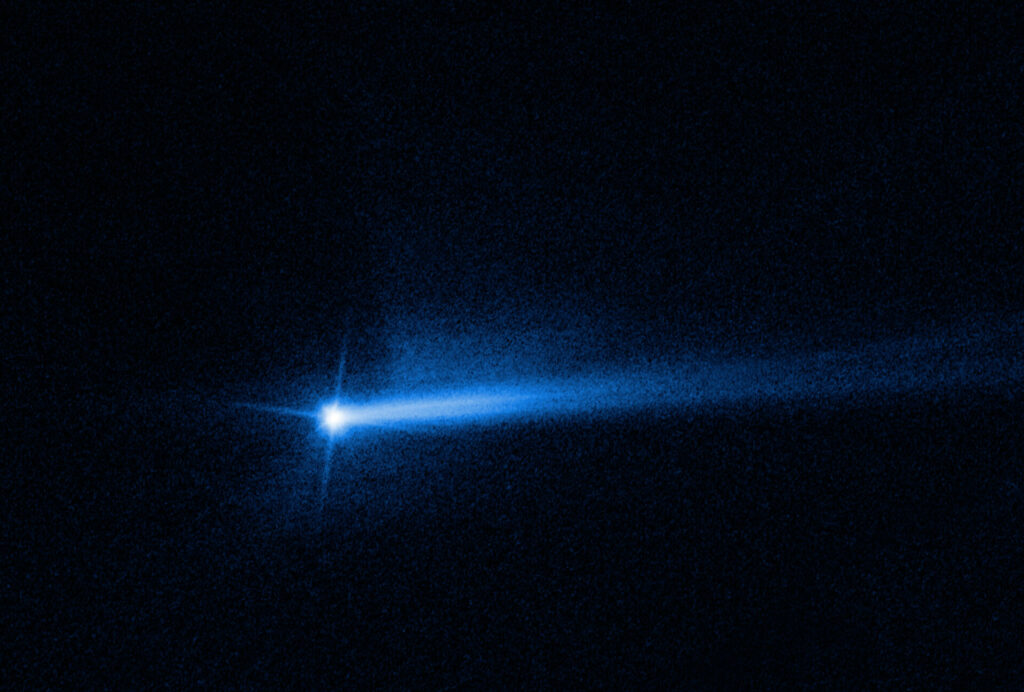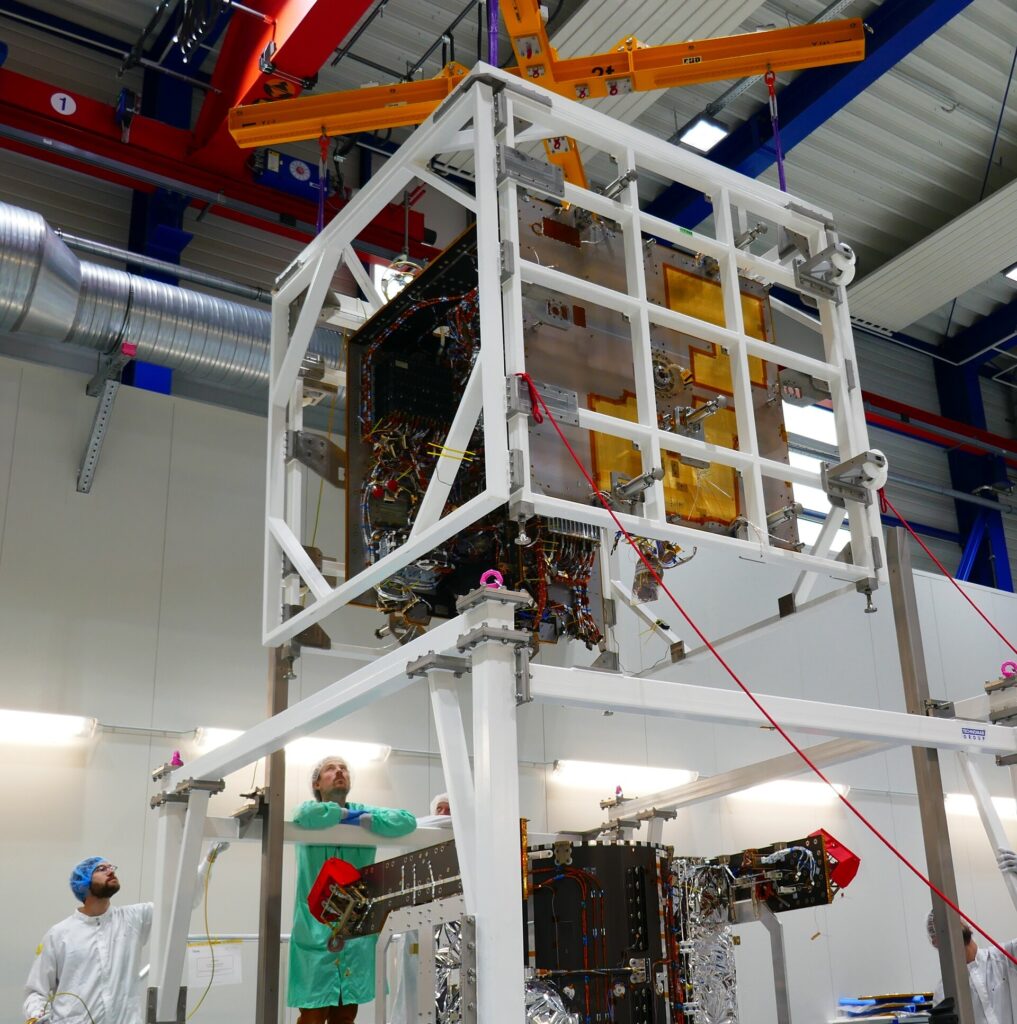Experts from the OHB company have completed the assembly of the Hera spacecraft. It is scheduled for launch next year to the binary asteroid system Didymos.
Primary Objectives of the Hera Mission
The Hera spacecraft was developed by the European Space Agency (ESA) as part of an international experiment aimed at studying the possibility of defending Earth from hazardous celestial bodies by altering their trajectories. The target chosen is the 160-meter asteroid Dimorphos, which is a moonlet of the larger Didymos asteroid.

In September 2022, NASA’s DART probe impacted Dimorphos. The consequences of the collision exceeded most scientists’ predictions. The impact ejected thousands of tons from the asteroid’s surface, resulting in a long comet-like tail made up of dust and quite large debris. Additionally, Dimorphos’ rotation period around Didymos changed by 32 minutes.

Now, scientists aim to further study the crater formed by the impact and how the collision affected the pair of asteroids. This is where Hera comes in. The European probe will enter a stable orbit around the asteroid pair and conduct comprehensive research. It will also release several cubesats, one of which will attempt a landing on the surface of Dimorphos at the end of its mission.
Assembly of Hera
Hera consists of two main components. The first is the payload module, which acts as the “brain” of the spacecraft. It houses the onboard computer and all the essential scientific instruments of the mission. This was developed by the German company OHB. The second crucial component is the propulsion module, manufactured by the Italian company Avio.
After engineers completed the manufacturing and testing of the modules separately, they began their integration into a single unit. The final assembly of Hera took place at the OHB facility in Bremen and was concluded at the end of August.

Hera will now undergo a series of tests to confirm its readiness for spaceflight. The mission is currently scheduled for launch in October 2024, utilizing a Falcon 9 rocket. Hera is expected to reach its destination by the end of December 2026.
Source: https://www.esa.int
